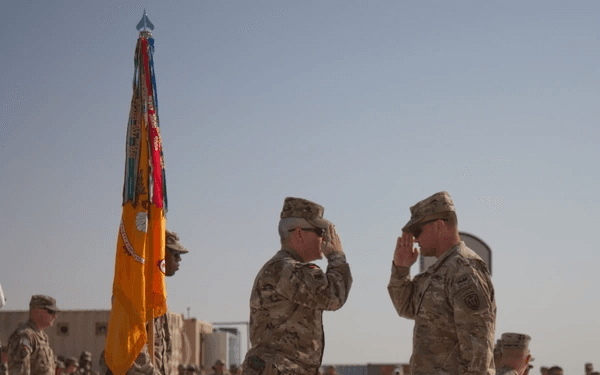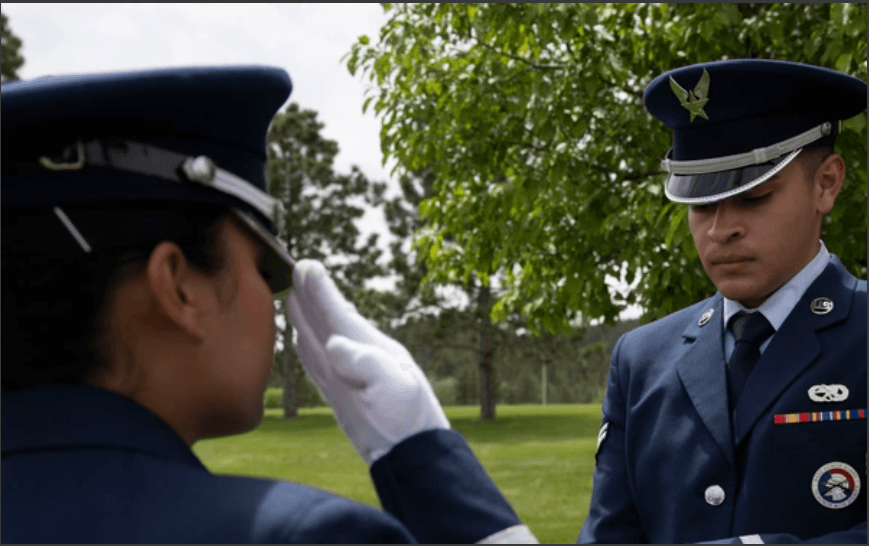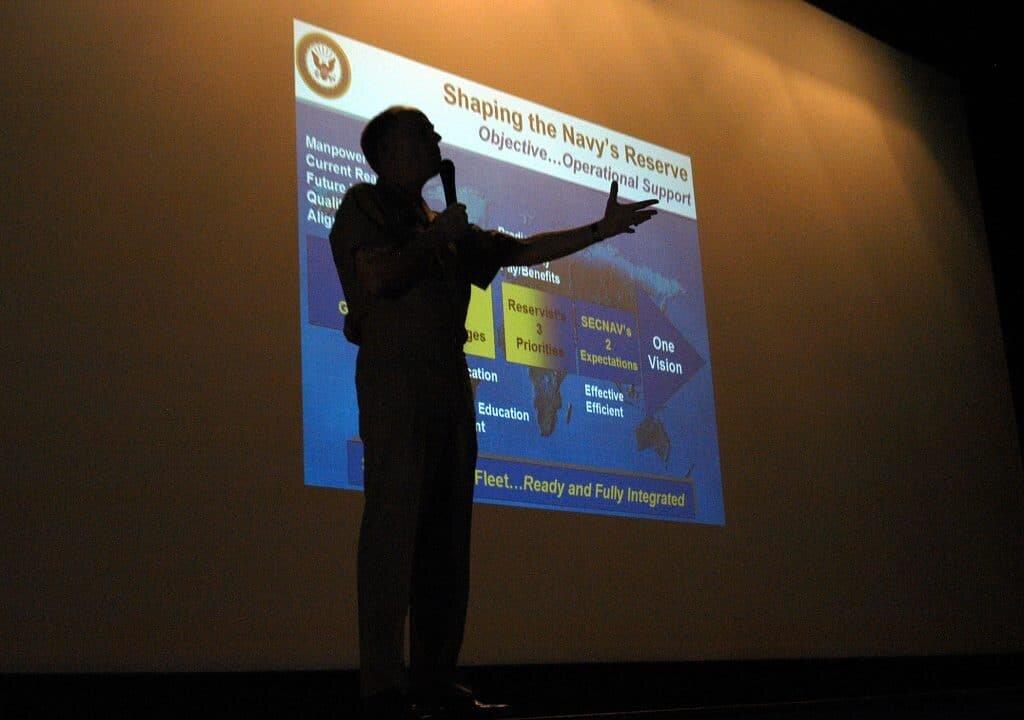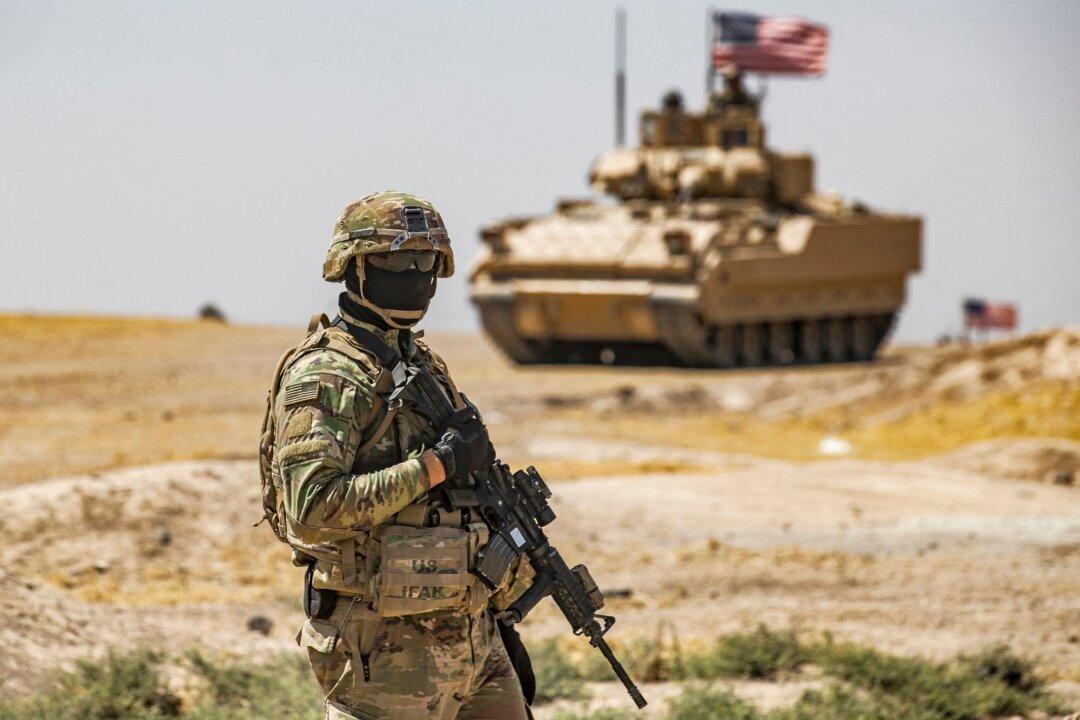Commentary
I’ve read accounts where amputees will feel sensations where their missing limbs used to be. One of the phrases describing it is “phantom pain.” The Amputation Coalition describes it this way:
“Phantom limb pain (PLP) refers to ongoing painful sensations that seem to be coming from the part of the limb that is no longer there. The limb is gone, but the pain is real.





